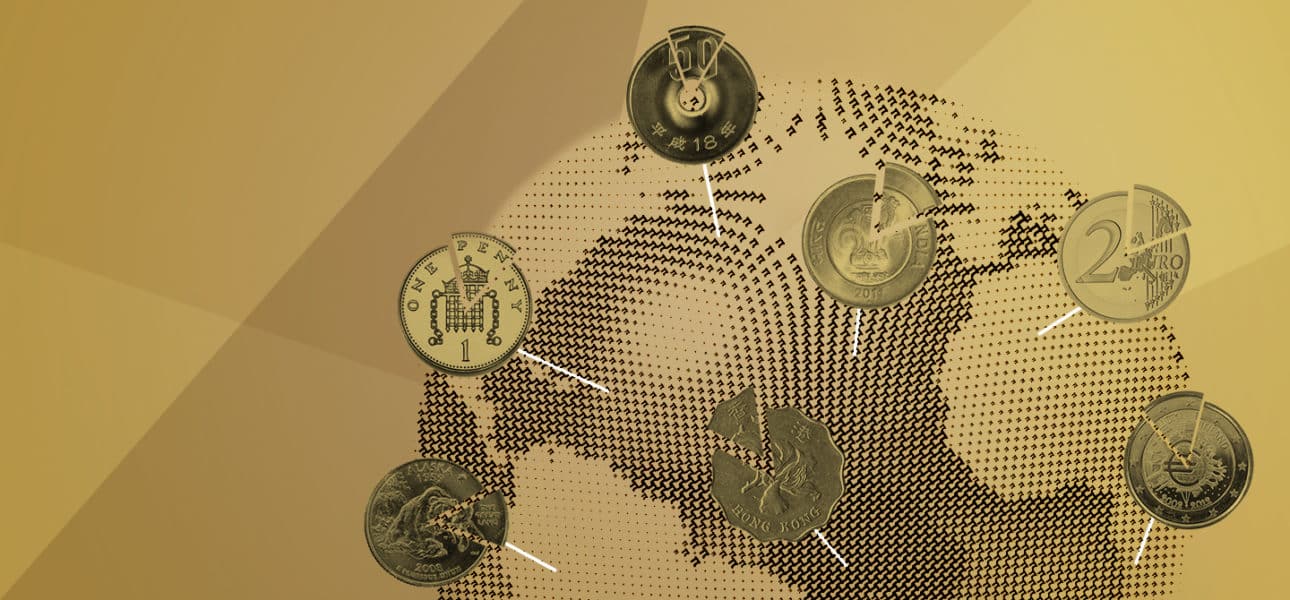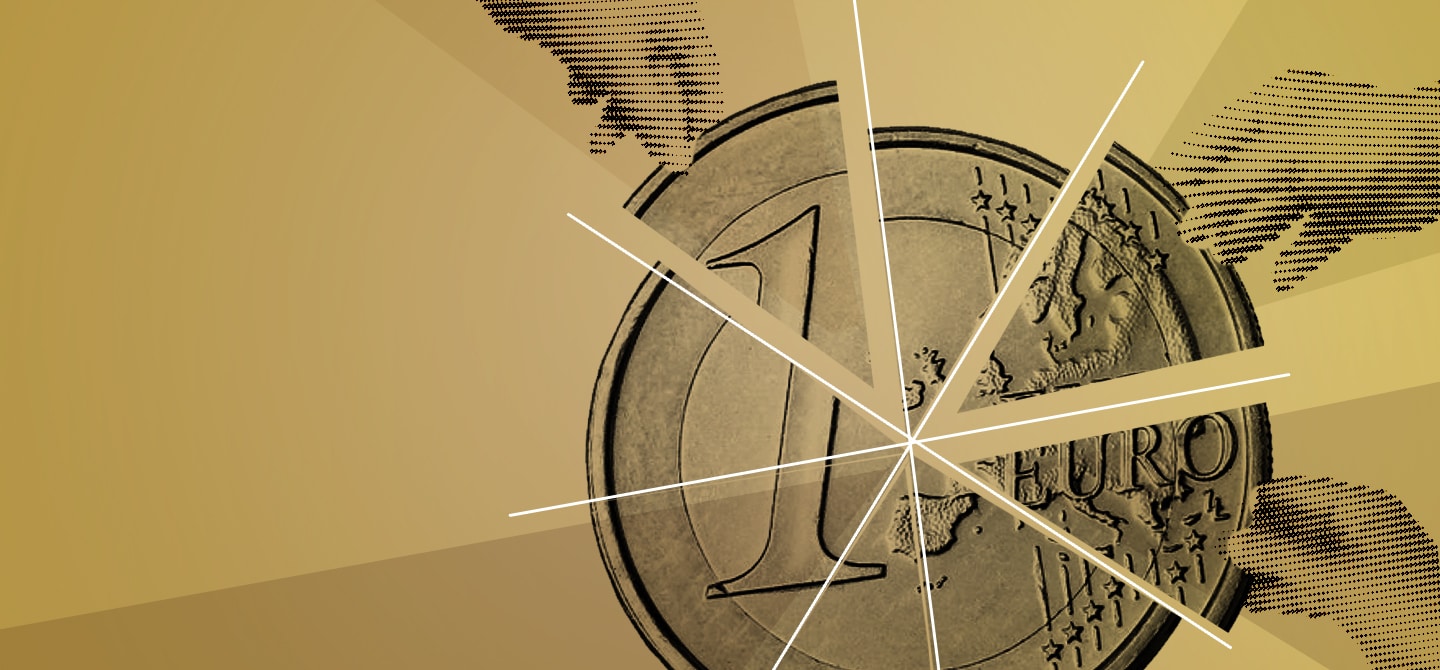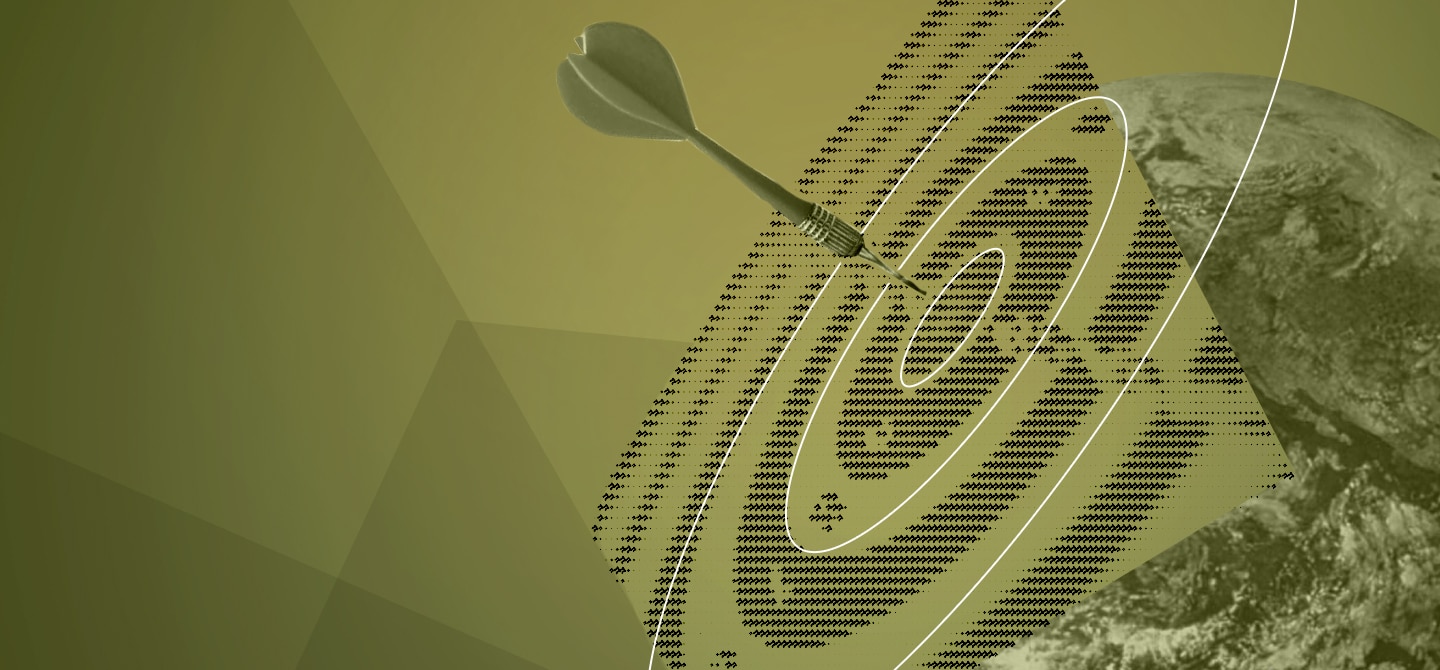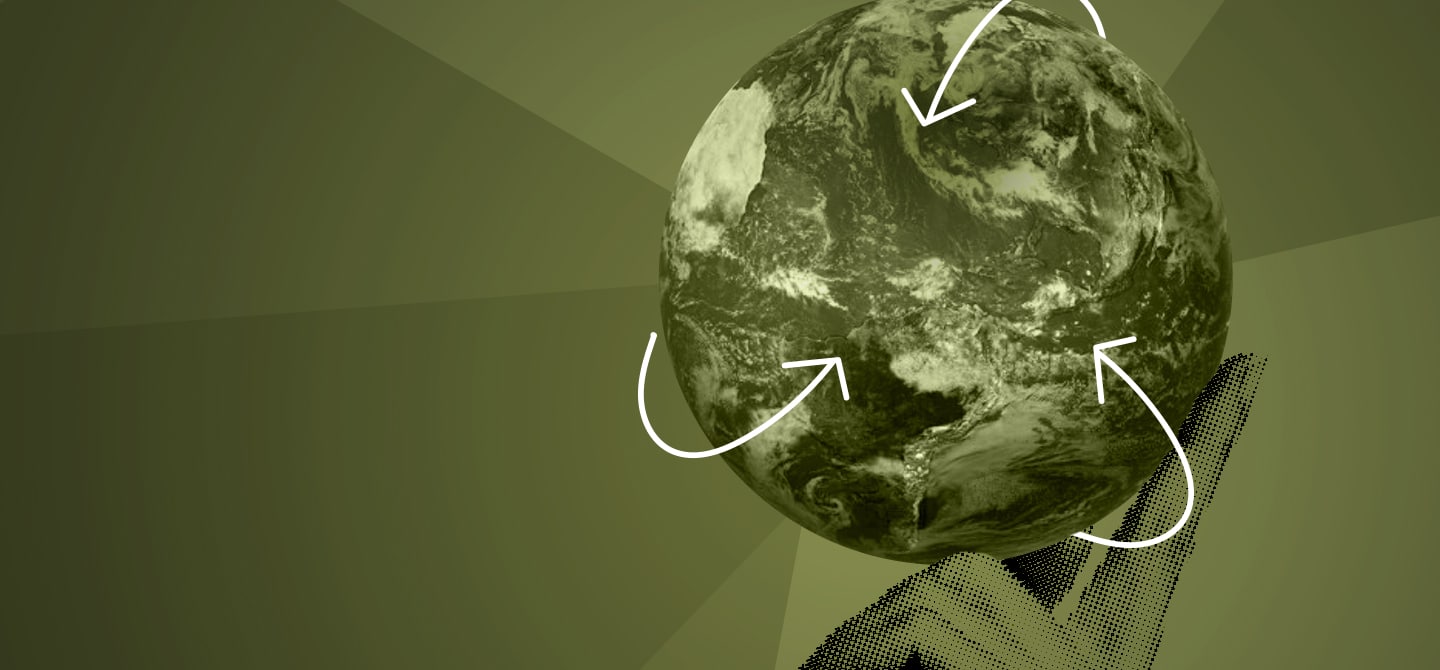1. The “social aid” version
Alaska (1976-): sharing oil revenue and avoiding the creation of a welfare state
The “Alaska Permanent Fund”, based on oil rent, was created in 1976 to avoid developing a social protection system. It pays out dividends which vary according to oil prices. These reached $2,000 per year in 2015 before decreasing. This fund concerns 700,000 beneficiaries; adults and children. One condition: to have lived in Alaska for the past six months.
Finland (2014–2019): financial security to relaunch professional integration
This test over a five-year period selected 2,000 long-term unemployed people aged 25 to 58 years old at random. They were paid €560 per month, even if they found work again. The objective: to see whether this revitalising effect could relaunch their carrier path. The results were modest: “a small impact on employment, an increase in perceived economic security, and mental well-being.”
France (2017) – The Benoît Hamon project: an unconditional redistribution
A “living universal income” (“revenu universel d’existence”) of €600 per month would be paid to 19 million people, from 18 years old to retirement age. The conditions: fiscal independence (for young people) and incomes lower than 1.9 times the minimum wage. However, no conditions requiring beneficiaries to seek employment, unlike existing measures. For taxable citizens, it would come in the form of tax reduction, for others, as a negative tax.
2. Occasional universal income during the Covid-19 crisis (2020)
Different countries or provinces opted for a direct deposit for households, in a logic of social assistance (countries without unemployment benefit) or consumer support.
USA
The CARES Act (“Coronavirus, Aid, Relief and Economic Security”) offered an aid of $1,200 maximum per adult (to individuals who earned less than $99,000 dollars the previous year) and an additional $500 per child (aged 17 years old or under). Number of beneficiaries: 140 million people.
Hong Kong
In February 2020, the Territory gave HK$10,000 (approximately €1,200) to each of the seven million adult residents.
Japan
In April 2020, Japan gave ¥100,000 (~€850) per person, for a total cost of €100bn.
3. Empowerment of individuals in developing countries
Madhya Pradesh (India, 2011–2012): a tool for development
Between 2011 and 2012, 5,000 people in 8 villages of India received a monthly allowance of 300 rupees per adult (€4.2) and 150 rupees per child. The aim was to empower individuals as part of a development approach.
4. Decentralised monetary policy
“Helicopter money” of the Veblen Institute for Economic Reforms
A proposal (never implemented) was designed to increase the impacts of fiscal stimulus and to make monetary policy more functional by directly targeting citizens. It consisted of opening an account at the European Central Bank and depositing between €120–140 of digital for each citizen of the European Economic Area, regardless of age (340 million people in total).








